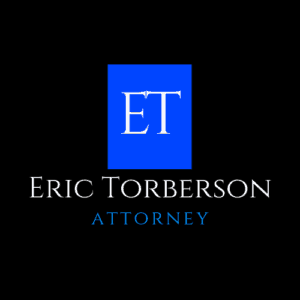Texas Criminal Defense Lawyer
Misdemeanor, Felony, and Animal Law
(512)920-0529
Free Consultation
When it comes to legal matters, knowledge is power. Securing a free consultation with seasoned legal professionals can be the first step towards a successful defense strategy. During this consultation, an experienced attorney can assess the details of your case, providing valuable insights into the potential outcomes and the best course of action.
Misdemeanor Charges
While misdemeanors may carry lesser penalties than felonies, they should not be taken lightly. A misdemeanor conviction can still have a significant impact on your life. I provide legal representation for misdemeanor cases, recognizing the importance of a quality defense strategy regardless of the severity of the charges.
Felony Charges
Facing felony charges can be a life-altering experience, with potential consequences ranging from hefty fines to lengthy prison sentences. It is imperative to seek the expertise of a legal professional specializing in criminal defense. I am dedicated to providing outstanding representation for clients confronting felony charges.
My approach to felony defense is rooted in a meticulous analysis of the facts surrounding your case. I use my legal experience to develop strategic defense for your unique situation. From challenging evidence to identifying procedural errors, pursuing the most favorable outcome for my clients.
Understanding Your Rights
A free consultation not only allows you to discuss the specifics of your case but also empowers you by helping you understand your rights. Knowledgeable attorneys can guide you through the legal process, ensuring that you are well-informed and prepared for the challenges ahead.
Dismissals and Reductions
In misdemeanor cases, negotiation skills play a pivotal role in securing favorable plea deals. I excel in the art of negotiation, working tirelessly to reach agreements that mitigate the potential consequences of misdemeanor convictions. I am committed to protecting your rights and minimizing the impact of legal proceedings on your life.
Building a Defense
The primary objective in any criminal case is to obtain a dismissal. As your lawyer, I am proactive approach to building a defense. Whether it is through challenging evidence admissibility or identifying constitutional violations, the focus remains on achieving the ultimate goal of a dismissed case.
Legal Process
Time is of the essence in legal matters. I understand the importance of expediting the legal process to achieve the most favorable outcomes for our clients. Through strategic legal maneuvers and leveraging our relationships within the legal system, I work tirelessly to resolve cases efficiently and effectively.
When facing legal challenges, the importance of obtaining a free consultation and securing high-quality legal representation cannot be overstated. Whether dealing with felony or misdemeanor charges, I am dedicated to guiding you through the complexities of the legal system and working towards the ultimate goal of dismissing your case.
–Veteran of the United States Marine Corps.

